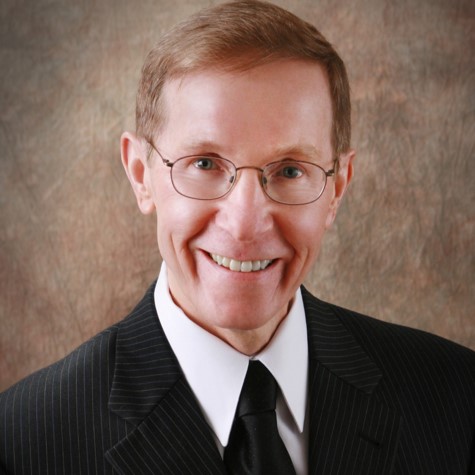
 |
Professor Shan R. Baker M.D. Facial Plastic and Reconstructive Surgery, Department Otolaryngology Head and Neck Surgery, University of Michigan, Ann Arbor Michigan, USA |
Otoplasty Dr. Baker will present an in depth discussion of aesthetic otoplasty. Surgical anatomy is briefly reviewed followed by discussion of several methods of performing otoplasty, including incisionless otoplasty, Converse-Wood-Smith technique, as well as Mustarde and Furnace techniques. Conchal cartilage excision for reduction otoplasty is presented. Management of the protruding lobule is part of the presentation. Risk and complications of each technique discussed is reviewed. The participant should have a better understanding of the surgical approaches to otoplasty and the advantages and disadvantages of each approach upon completion of the lecture. The Art of Reconstructive Rhinoplasty The nose is the most common location for facial skin cancer to occur. The facial plastic surgeon is frequently call upon to reconstruct nasal defects following MOHS surgery. Dr. Baker will give an in depth discussion of surgical techniques used to reconstruct partial and full thickness defects of the nose. The presentation reviews modern concepts of reconstructive rhinoplasty. Methods of reconstructing each of the aesthetic units of the nose using skin grafts, local nasal flaps as well as regional flaps are discussed in detail. Advantages and disadvantages of each surgical option is reviewed. The attendee will experience a thorough understanding of the surgical options available when confronted with repairing cutaneous defects in specific areas of the nose. Local Flaps in Facial Reconstruction Which local flap should I use? This is a frequent question that surgeons ask when confronted with a facial cutaneous defect following excision of skin cancer Dr. Baker will help you answer this question. Cutaneous flaps classified by method of transfer is discussed in detail to assist the surgeon in understanding how best to move tissue in the form of a local flap toward a cutaneous defect located in specific areas of the face and neck. The design of the three types of pivotal flaps and three types of advancement flaps are described. Each flap design is most useful in certain facial locations. The attendee will have an improved understanding of which flap design is most useful for repairing facial cutaneous defects of specific size, configuration and location. |